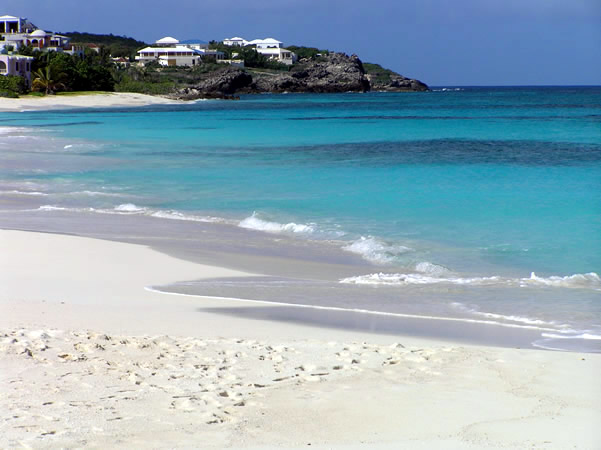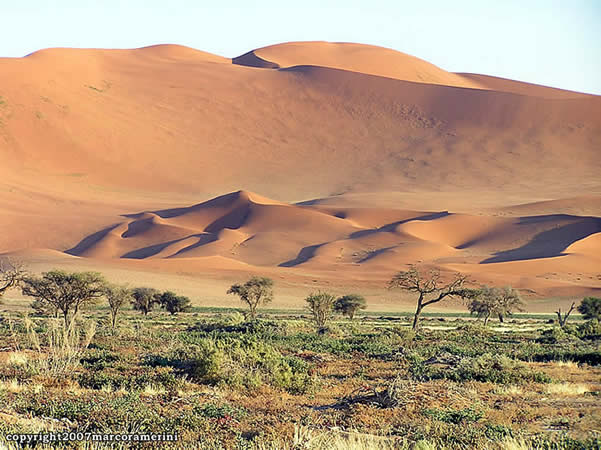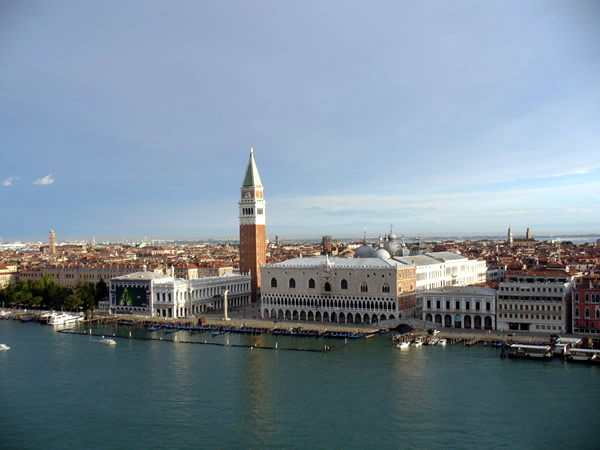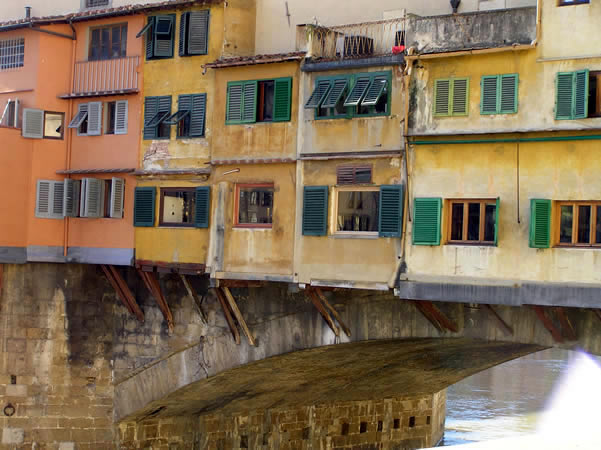The Argentine Patagonia, which includes the provinces of Rio Negro, Chubut, Santa Cruz, Neuquén and Tierra del Fuego, is formed by a vast plateau that descends from the Andes up to the Atlantic Ocean. This region of Argentina which extends to the southern edge of South America is characterized by a cold desert climate with low […]
Author: admin
Due to the immense extension of the country the climate of the United States of America is very varied. In fact, its climate varies from the tropical climate of Florida and the Hawaiian islands, up to the polar climate of part of Alaska. Among these climatic extremes there are other types of very different climates […]

THE GEOGRAPHY OF CENTRAL AMERICA AND THE CARIBBEAN Central America is that long and narrow isthmic region which, together with the archipelagos and the islands of the Antilles, unites North and South America with each other. The Central American area is surrounded to the west by the Pacific Ocean. While in the east lies the […]
GEOGRAPHY OF NORTH AMERICA North America occupies an area of 23,473,000 sq km. Among the countries that make it up, Canada is the largest country with 9,970,000 sq km, followed by the United States of America with 9,355,000 sq km. The surface of this continent represents approximately 15.75% of the planet’s land area. North America […]
GEOGRAPHY OF SOUTH AMERICA South America occupies an area of 17,815,000 sq km, nearly half of the area is occupied by Brazil with 8,512,000 sq. km it’s the largest country in the continent, in second place is Argentina (2,780,000 sq. km), followed by Peru (1,285,000 sq. km). South America accounts for about 12% of the […]

Oceania is the continent that extends into the Pacific Ocean, the largest ocean on Earth. This continent includes Australia (7,620,000 sq km, a real continent), New Guinea (785,000 sq km, after Greenland the second largest island in the world), Tasmania (67,800 sq km), the two islands of New Zealand ( the North Island, 115,700 sq […]
GEOGRAPHY OF ASIA Asia is the largest and most populous continent on Earth, it has an area of 44,059,000 square kilometers (44,471,000 if you include the Caspian Sea and Aral Lake), which corresponds to approximately one third (29.4%) of all land on the planet. With a population of nearly 4 billion inhabitants contains more than […]

GEOGRAPHY OF AFRICA Africa, the continent that was the cradle of humanity, an area equal to 30,225,000 square kilometers and is after Asia, the second largest continent in the world, representing 20.3% of the land on the planet, its inhabitants, more than 900,000,000, constitute 14% of the world’s population. Africa, triangular shaped enlarged in the […]
GEOGRAPHY OF EUROPE Europe with Asia forms the larger part of the emerged lands of the Earth, called Eurasia. Europe is like an appendix of this immense continent, a peninsula that above all has its individuality thanks to historical and human reasons. In spite of the modest dimensions regarding the rest of lands emerged, it […]
The French Riviera or Côte d’Azur is part of France‘s Mediterranean coastal region that stretches from the border with Italy to the city of Toulon. The French Riviera or Côte d’Azur is known worldwide for its mild climate, typically Mediterranean, with warm, sunny summers and mild winters, thanks to its location along the Mediterranean Sea […]
Provence is located in the so-called Mediterranean France and has a mild climate which is strongly influenced by the sea. Provence, in fact, enjoys a mild Mediterranean climate with well-marked seasons: the region has in fact two dry seasons – a short one at the end of the winter and a longer and more pronounced one in the summer – and […]
Vilnius has a humid continental climate characterized by cold, long and dark winters. In colder winters, lakes and rivers surrounding the city freeze. The average January temperature is around -6 ° C, but in the colder months the temperature can drop to -30 ° C. The average minimum temperature in the coldest month of January […]
The climate of Riga: when to go to Riga
Riga has a continental type of climate that has long cold and dark winters, the average temperature in January is about -4 ° C, but on the coldest days the temperature can drop to -30 ° C also, on the other hand, the summer season is short but relatively mild in summer the average temperature […]
The climate of Venice: when to go to Venice

Venice is located along the coast at the northern end of the Adriatic Sea, because of its location, the city has a mixed climate between the Mediterranean and the continental climate, the influence of the sea mitigate the summer and winter temperatures, while the continentality means that there is no a real dry period. In Venice it […]

The city of Florence has a temperate climate of the Mediterranean type, with hot, dry summers and cold winters with a rainy season between late autumn and early winter. The wettest months are those that go from October to December. Spring and autumn are still season when it can get hot during the day, with plenty […]